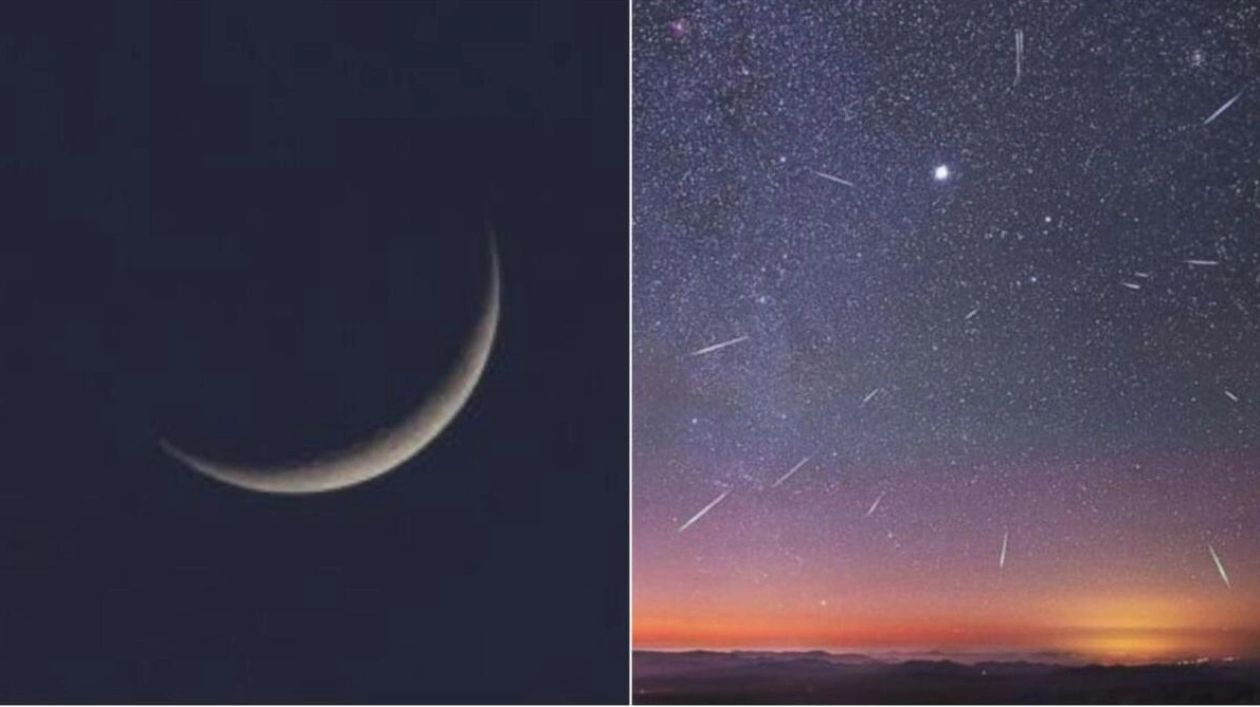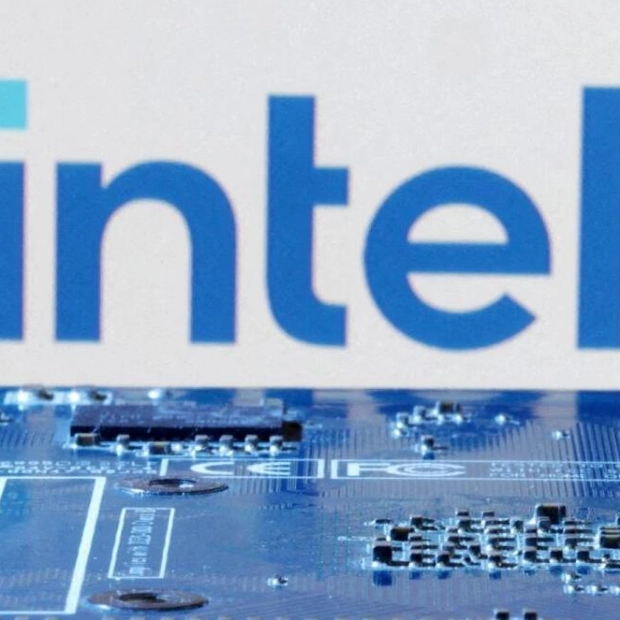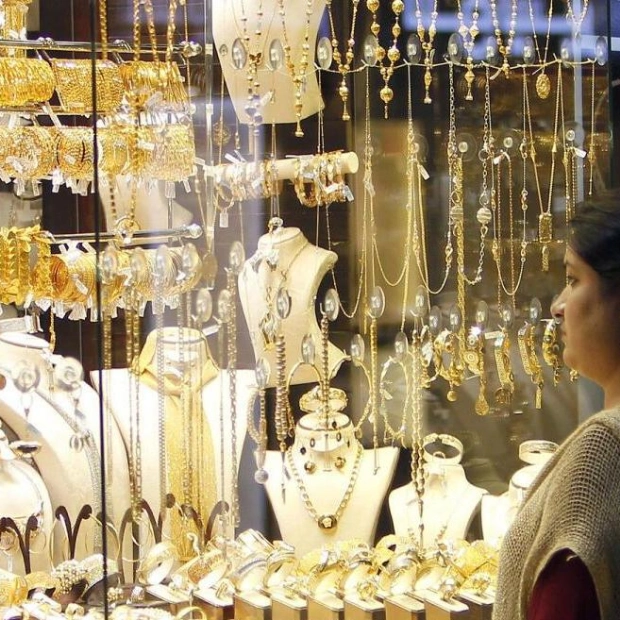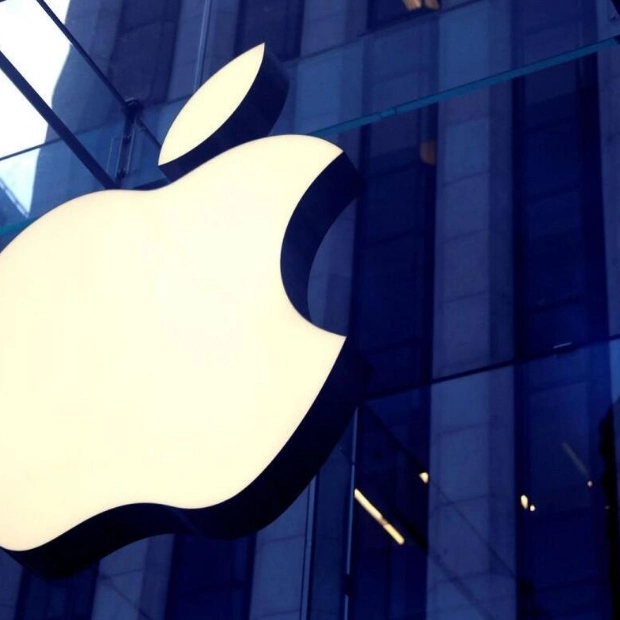In the upcoming days, skywatchers in the UAE might be fortunate enough to witness the Da Vinci glow, a celestial event that unfolds near sunset when a crescent moon is low on the horizon, yet the silhouette of a full moon remains discernible.
"The Da Vinci glow, a mesmerizing astronomical occurrence, bathes the dark side of the Moon in a subtle, otherworldly light, typically observable when the Moon is a slim crescent, often a few days post the new Moon. The UAE's next new moon is slated for August 4," explained Sarath Raj, the Project Director of the Amity University Dubai Satellite Ground Station and the Programme Leader of Aerospace Engineering at Amity University Dubai.
This eerie illumination, commonly known as 'earthshine', stems from sunlight reflecting off the Earth's surface and then back onto the Moon. Picture a crescent moon and notice the faint light on its usually dark portion—this is the Da Vinci Glow, akin to Earth functioning as a colossal mirror.
Raj elucidated that when sunlight ricochets off our planet, it casts a gentle glow on the Moon, hence the term 'earthshine'. This phenomenon is named after Leonardo da Vinci, who was the first to observe it.
August is an optimal month for stargazing due to extended nights and the Earth's advantageous position in space, enhancing the visibility of stars, planets, and meteor showers like the Perseids.
Hasan Al Hariri, CEO of Dubai Astronomy Group, contextualized the celestial display. "The natural phenomenon happens because the direction and radiant point of the shower align with the constellation Perseus," he explained.
Meteors are tiny remnants of rock and dust from comets and asteroids that burn up in the Earth's atmosphere. The Perseids, one of the most renowned showers, can exhibit up to dozens of meteors per hour at their zenith.
"The Perseids are generated when the Earth traverses the debris of Comet 109P/Swift-Tuttle, initially discovered in 1862. The comet last approached the inner solar system in 1992, leaving a trail of dust that the Earth encounters every summer," he continued. "This debris incinerates upon impact with the Earth's atmosphere, creating luminous streaks in the sky. The Perseids are notable for their abundance of fireballs, promising a spectacular show."
Occurring yearly from mid-July to late August, the Perseids peak around August 12-13. "The Perseids are celebrated for their robust activity, with up to 100 meteors visible per hour at their peak. The Perseid meteor shower streaks across the sky at a scorching speed of 60 kilometers per second, radiating from the Perseus constellation. However, the shower is active for several weeks, with meteor activity intensifying before the peak and gradually waning afterward," Raj added.
To optimize the stargazing experience in the UAE, it is recommended to venture to remote desert areas away from urban light pollution. No special equipment or extensive skills are required to observe a meteor shower; a clear sky and a secluded spot away from city lights are all that's needed. Experts advise being comfortable and prepared, as meteor watching can be a waiting game.






